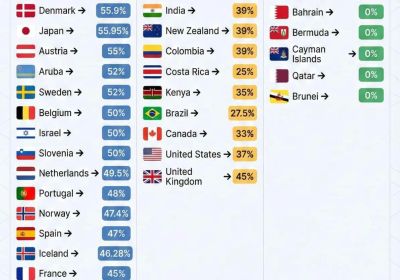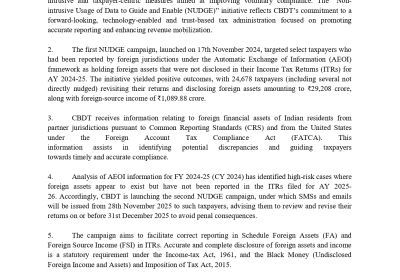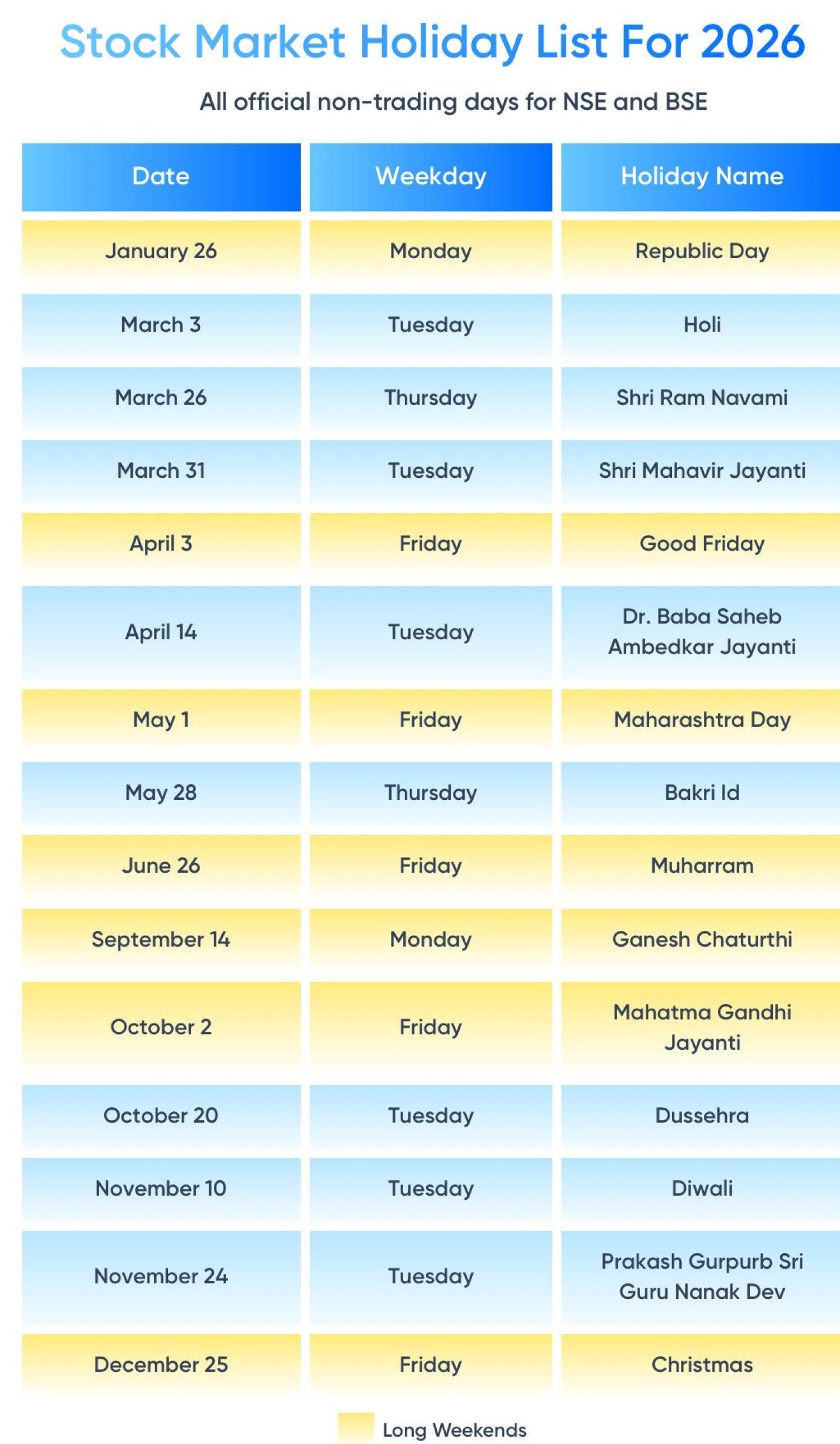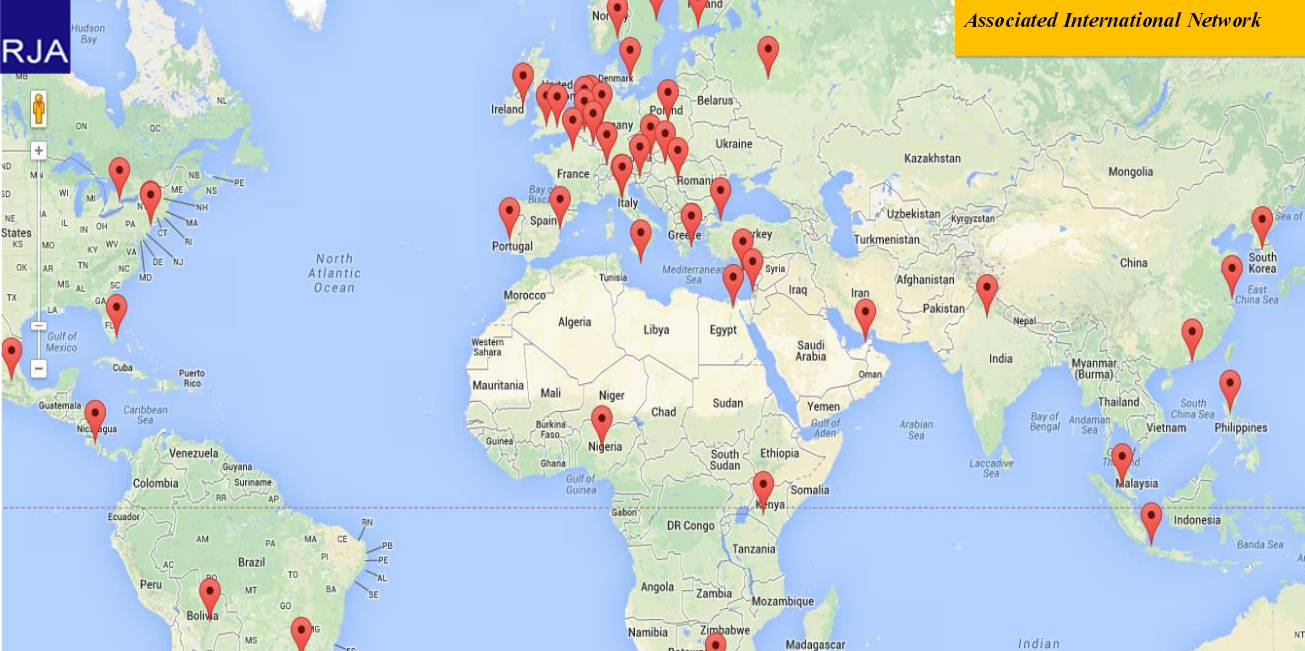Table of Contents
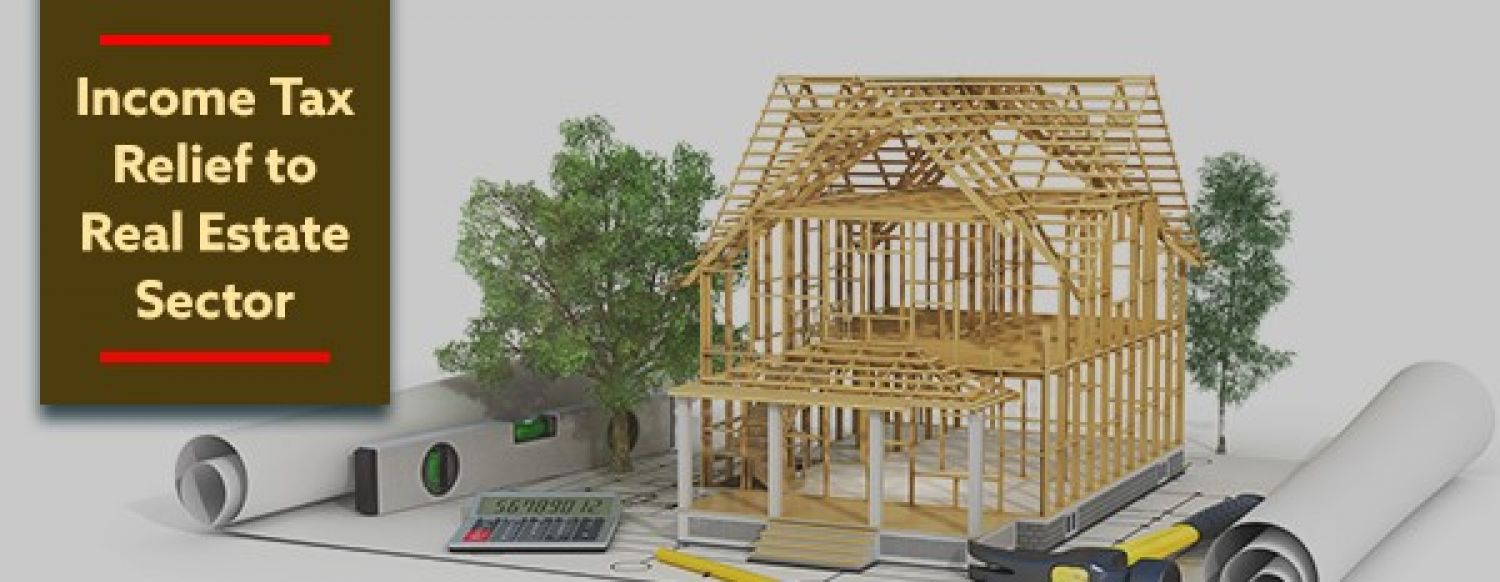
No Notional Taxation! If the gap in the value of the stamp duty is no more than 20% of the actual value of the transaction,
Valuing the stamp duty is a benchmark tax price and plays an important role in the tax obligation evaluation of the property's value. Now it impacts not just the seller, but perhaps the buyers as well. Interestingly, the sale and purchase of property just under the stamp duty valuation results in double taxes in the seller and buyer's hands.
Basic provision:
As per Section 56 (2)(x) of the Income Tax act, if the market value of a property is lower than the circle rate, then the difference is taxed as ‘other income’ for the buyer. While the seller of the property will have to pay capital gains tax on the circle rate of the property.
The Stamp duty valuation is not applicable for purchasers and sellers unless the gap is greater than 10% of the actual sales price; (5 per cent till FY 2019-20). For reference, someone sold the property for Rs. 50 Lakh and the value of the stamp duty was Rs. 54.50 Lakh. The seller shall be responsible for measuring the capital gain in such circumstances by taking the actual selling of Rs. 50 Lakh only and not Rs. 54.50 Lakh. However, if the stamp duty valuation of the estate is rs. 55,00,001/- then only Rs. 55,00,001 and not Rs. 50 Lakh or Rs. 55 can calculate capital gain.
In brief, even though the valuation of the stamp duty slightly reaches the normal 10 per cent, all Rs. 5,00,001/- would be part of the capital gain. The law requires tax in these cases not to be exceeded by 10% but by the complete amount. Another argument that is interesting is that the variation of the actual sales considerations up to 10 per cent is permitted and not the valuation of stamps. Taxpayers sometimes get confused and presume 10% of the stamp duty valuation.
This 10% limit for real-estate developers and home buyers as part of the 3.0 Aatma Nirbhar Bharat Package was increased to 20 per cent by the Finance Minister on November 12, 2020.
The Honorable Finance minister declared that some income tax relief measures were introduced in the form of AatmaNirbhar Bharat package 3.0 on 12 November 2020 for the growth of real estate and household buyers.
Until 2018, in the case that the circle rate exceeded the declared consideration, section 43CA of the Income-tax Act, 1961 ('the Act') provided for the consideration of the stamp duty value (circle rate) as sale consideration of conversion of real-estate property. As a result, in the case of the consumer under section 56(2)(x) of the Act, stamp duty value was regarded as a purchasing factor.
The Finance Act 2018 offered a safety net of 5 per cent to provide relief for property developers and buyers. These provisions were therefore only activated when the difference between the price of the sales/purchase and the circle rate was greater than 5%. Consequently, these provisions were only enabled when the gap between the sale/purchase consideration and the circle rate was more than 5%. The Finance Act, 2020 expanded the safe haven by 5 per cent to 10 per cent to provide additional relief in this matter. The current circular rate, therefore, is known as the sales/purchase factor only when the difference is more than 10 per cent between the contract value and the circulation rate for real estate developers and buyers.
In order to promote economic growth in the real-estate sector and enable immovable developers to liquidate their inventories at a pace significantly slower than the circulatory rate and provide home buyers with benefits, it was agreed to further increase the safe channel from 10% to 20% in the period 12 November 2020 to 30 June 2021 in r. Section 43CA of the Act Pursuant to section 56(2)(x) of the Act, consequential relief shall also be provided to purchasers of these residential units for that time by increasing the safe harbour from 10 per cent to 20 per cent.
|
AY |
Deemed to be the full value of consideration |
|
Up to AY 2018-19 |
In case the sale value of a land or building or both is less than the stamp duty value, then the stamp duty value will be deemed to be the full value of consideration. |
|
For AY 2019-20 and 2020-21 |
In case stamp duty value does not exceed 105% of the consideration, consideration so received shall be deemed to be the full value of consideration |
|
From AY 2021-22 |
In case stamp duty value does not exceed 110% of the consideration, sole consideration so received shall be deemed to be the full value of consideration |
|
20% from 12th Nov 2020 to 30th June 2021 for only primary sale of residential units of value up to INR 2 CR. |
For such transactions, however, a circular rate shall be considered a factor of sale and purchase only if the difference of the value of the agreement to the circular rate exceeds 20%. Legislative changes will be proposed in due course in this regard.
Overview of the above press release & announcement:
- The basic tolerance cap has been enhanced from 10% to 20%.
- Both the customer and the seller profit from this.
- Only selling real estate developers have access to the improved cap of 20 per cent. It implies that the property is transferred by another individual other than real estate developers, the 10 per cent tolerance cap will be applicable and not 20 per cent.
- It is for "initial selling," not secondary selling. This means that the seller & buyer will enjoy the 20% cap in their first sale rather than in their resale.
- While the same has been declared, the Income Tax Act – 1961 has still not been revised. The announcements are expected to be included in the FY 2021-22 budget Document.
-
Extended safe harbour rules of 20% are applicable only for a limited set of transactions that satisfy the below requirements:
(a) Residential units of value up to INR 2 CR.
(b) Primary sale by real estate developer to home buyers (i.e, stock-in-trade)
(c) Sale from 12.11.2020 to 30.06.2021

